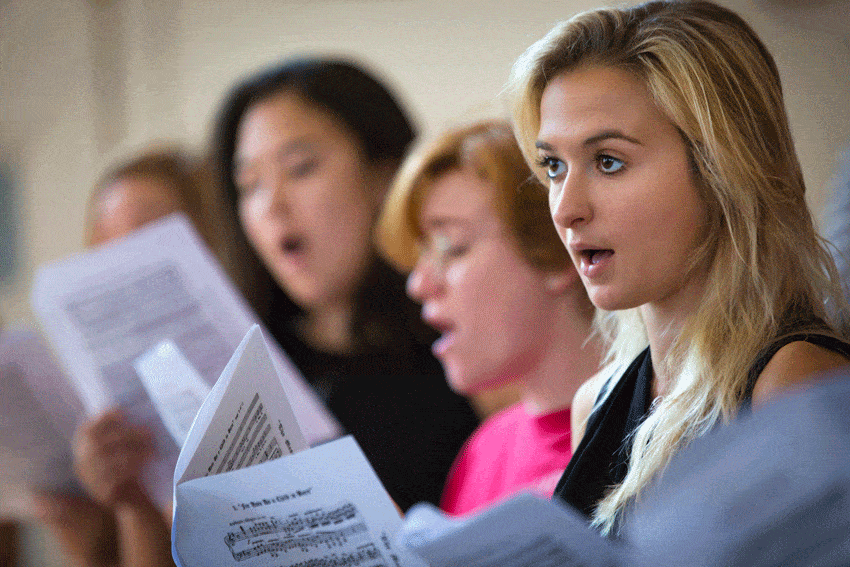
Good bishops know they have lots of work to do, and do it
The Novus Ordo has been abused for nearly five decades. So what can we do about fixing this?
I don’t like to give people problems unless I also provide solutions. Thankfully good bishops around the world have already provided some.
Good bishops know that they face some almost insurmountable problems with reforming the way in which their priests celebrate the Novus Ordo.
Top of the list is what I call their ‘Fr Jims’. Fr Jim is in his late 60s, has a positive media profile, and his busy parish is made up of middle-class people who enjoy hymns about self-acceptance and homilies about refugees.
Fr Jim has been saying Mass pretty much any way he likes for decades, aided by a very loyal coterie of ageing parishioners who think he’s just lovely. At any priestly gathering, given the opportunity, he will explain that his years of pastoral experience mean that he doesn’t have to pay any attention to anything the bishop says.
Every now and then a bishop tries to take on a Fr Jim, or even replace him. Fr Jim or his parish coterie usually go to the sympathetic secular media. They talk about lack of unity, divisiveness, and people wanting to take us back to the 1950s.
Fr Jim is usually only moved by what unkind church columnists have called ‘the biological solution’. This has been compared to taxes, but unlike taxes, it happens to us all just once.
Smarter bishops – burned by a Fr Jim experience – have learned instead to reward priests who say Mass reverently and properly. They openly support good parish priests in their local Catholic media.
The bishop turns up at parish events unexpectedly to find out what’s really going on. He promotes initiatives across the diocese that encourage reverent liturgy. He invests properly in his youth ministries and their liturgy. He makes sure these are led by a strong young(ish) priest of impeccable morals and orthodoxy who understands social media and isn’t afraid of spiritual fatherhood.
He knows exactly how the liturgical arts are being taught in his local seminary. He comes and gives classes or talks himself. He watches practice runs. He asks awkward questions at unexpected times. For example, he wants to know the full ceremonial details before any parish-based school Confirmation ceremony.
This includes the ghastly hymns and the Grade 7s interpretative dance in red chiffon and fairy wings. He will then stop the awful hymns and the Grade 7s in their tracks, and the parish will enjoy a reverent Confirmation Mass for the first time in thirty years.
He may not have a liturgical bone in his body – many bishops don’t – but he knows what’s right. He knows if there’s too much fussing about, and he also knows if there’s not enough.
Above all, a bishop who believes in what he does when he’s at the altar is the very best example of all. But good example is usually not enough, especially not when there’s been liturgical bedlam in a diocese for decades.
Related:
